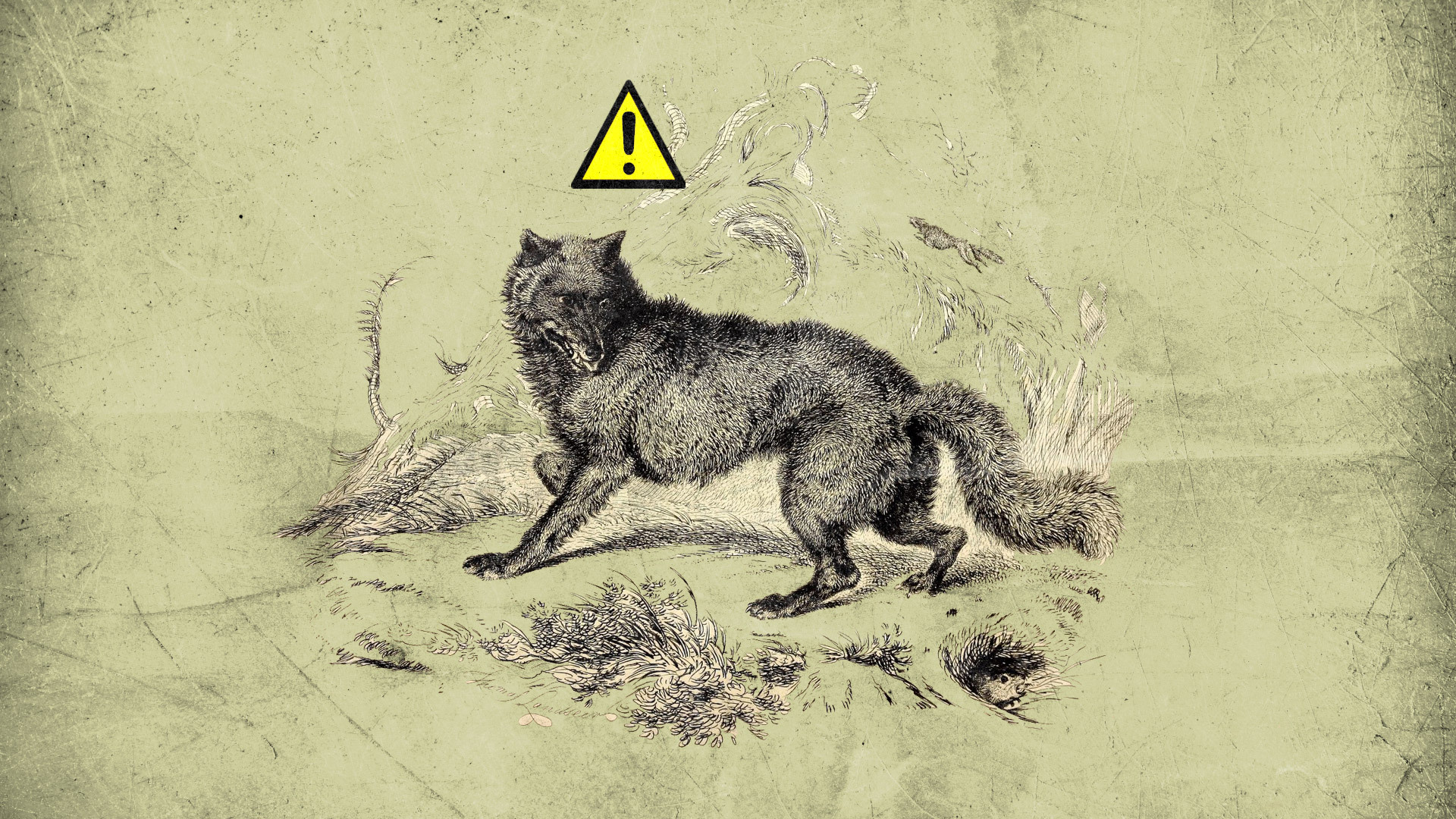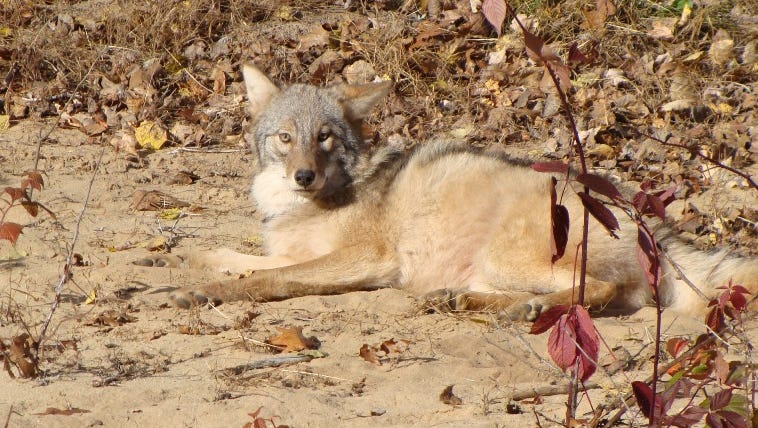

Like most der species, Elk males are the ones with the antlers which can be covered by a specialized skin when growing called velvet. The subspecies of red deer the Barbary deer are also the only deer species to be found in Africa and are only found in North Africa around the Atlas Mountains. They are the fourth largest deer species that currently exist and are found throughout Europe, Eurasia and parts of Asia, the largest being found in the Carpathian mountains. Red deer are again, another species named based on the color of their fur. Red Deer (Genus: Cervus, Species: elaphus)

They typically have a stomach with four chambers, one of which contains specialized symbiotic bacteria which ferment the tough foliage and grasses that most animals cannot draw enough nutrition from. Deer prefer shrubs, fungi, shoots, leaves,Īll deer have digestive systems that are specific to around 200 species of herbivorous grazers and browsers such as cows, sheep, antelopes, and giraffes. With that unexpected horror story out of the way, the vast majority of deer are described as browsers which unlike grazers are more selective of the plants they eat. Red Deer on the island of Rum which is found on the coast of Scotland have been seen seeking out the chicks of a bird called the Manx shearwater which boosts the calcium in their diet. Deer Dietĭepending on the habitats you find them deer are in the vast majority of cases herbivores, however, there are examples of deer that have deliberately selected and ingested meat.

These two groups are distinguished from each other and take separate evolutionary paths which are reflected by the genetics and characteristics and origins of the species contained within. Deer Taxonomyĭeer are an animal with many different species that all belong to the taxonomic family Cervidae which is then broken down further into two smaller groups called subfamilies Old World Deer ( Cervinae) and New World Deer ( Capreolinae). They pretty much owe this to the velvet covering as it acts to provide a blood supply, allowing the antlers to be supplemented with nutrients. Additionally, it’s worth knowing that male deer are referred to as bucks, stags or bulls, females doe’s, hinds or sometimes cows and the young are typically called fauns.Ī particularly interesting fact about deer is that they’re antlers are composed of the fastest growing biological tissue known. This can vary between species, with some the dimorphism is not as pronounced. They often display sexual dimorphism which means there is a significant physical difference between males and females with males tending to be larger. They follow a similar evolutionary path as other hoofed animals being more closely related to animals such as giraffes, boars, camels, and antelope in a taxonomic group called Artiodactyla which all share a similar hoof structure of having an even amount of toes on each foot. In general deer all share a similar body structure, are quadrupedal, have hoofs and in the majority of species the males have antlers, but this is not a strict rule. Much unlike the various types of bear, they’re considered as graceful, dignified and timid animals but are also thought of as food by predators and people alike. Deer are the graceful creatures that roam the countrysides, forests and the wilds across most of America, Asia, Europe and to a lesser degree Africa.


 0 kommentar(er)
0 kommentar(er)
